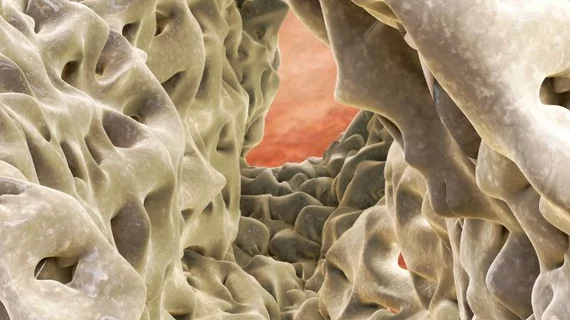Updated AMA osteoporosis guidelines help women, but could they hurt men?
The American Medical Association (AMA)’s updated osteoporosis guidelines, published this week in JAMA, encourage cancer screening in women but ignore recommendations for men, the Chicago Tribune has reported.
University of Pittsburgh epidemiologist Jane A. Cauley, DrPH, told the Tribune the U.S. Preventive Services Task Force, which guides the recommendations, might suffer from the same misconception many do: that osteoporosis only affects women.
“The public perception of osteoporosis is the old woman with the dowager’s hump,” she said.
Though the task force said they found “convincing evidence” that DEXA scans detect osteoporosis and and predict fractures in both women and men, they only recommended that women 65 years old and up get screened. Women’s bones might weaken earlier than men’s, Cauley said, but men are also twice as likely as women to die within a year of breaking a hip.
She said osteoporosis screening in men is highly justified and recommends scans for men 70 years and older—especially those who are at an increased risk for developing the disease. Most recent studies have focused solely on women, but Cauley said the screenings are so obviously beneficial to a greater population that a placebo-controlled trial in men would be “a waste of money.”
She also said the task force’s new guidelines are likely to influence insurers and primary care providers.
“Most men and women who could get screened are seen by primary care doctors,” she said. “The task force may discourage the screening of older men.”
Read the Tribune’s full report at the link below.

